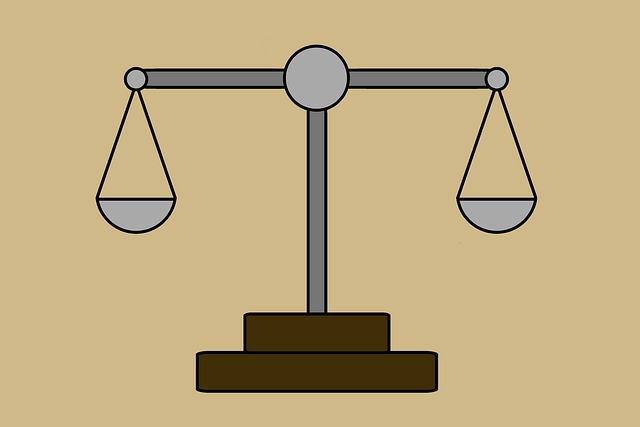Many victims of medical malpractice delay legal action due to misconceptions about filing timelines and the complexity of claims process, which involves strict statutes of limitations, unique healthcare negligence principles, and complex evidence analysis. Prompt filing is crucial for justice, as misinterpretation of details can hinder settlement chances. Legal counsel with experience in medical malpractice cases is essential to navigate this labyrinthine process and ensure fair compensation for damages like medical expenses, lost wages, pain and suffering.
Many victims of medical malpractice mistakenly believe that filing a claim is a straightforward process. This article aims to dispel common misconceptions surrounding medical malpractice claims procedures, focusing on three key areas: timelines for filing, navigating complex medical evidence, and understanding damages and compensation. By understanding these aspects, victims can better navigate the complexities involved in pursuing a successful medical malpractice claim.
- Misconceptions About Filing Timelines
- Navigating Complex Medical Evidence
- Understanding Damages and Compensation
Misconceptions About Filing Timelines

Many victims of medical malpractice hold off on filing their claims due to misconceptions about the filing timelines. They often believe that they have an unlimited amount of time to take legal action after discovering the harm caused by a healthcare provider’s negligence. However, this is not the case; each jurisdiction has specific statutes of limitations for medical malpractice claims, which set forth strict deadlines for initiating legal proceedings. Failure to file within these designated time frames can result in forever losing one’s right to seek justice and compensation.
Another common misconception revolves around the complexity of the claim process. Some individuals think that navigating a medical malpractice lawsuit is akin to real estate litigation or even elder law cases, which may have longer timelines and more intricate procedures. In reality, medical malpractice claims often require an in-depth understanding of medical terminology and legal principles unique to healthcare negligence. Timely filing isn’t the only crucial aspect; victims must also ensure they meet all necessary criteria and gather compelling evidence to support their case within set deadlines.
Navigating Complex Medical Evidence

Navigating complex medical evidence is a significant challenge for victims pursuing a medical malpractice claim. The process involves understanding intricate procedures, diagnoses, and treatments, often requiring expert insights to interpret. Medical records, test results, and witness statements must be carefully examined to build a compelling case. Misunderstanding or overlooking crucial details in these documents can hinder the victim’s chances of securing an accident settlement.
This complexity underscores the importance of seeking legal counsel with experience in medical malpractice cases. A skilled attorney can guide victims through this labyrinthine process, ensuring that all relevant evidence is considered. Unlike homeowner insurance claims, which often involve clearer-cut scenarios, medical malpractice demands a nuanced understanding of medical practices and their potential deviations, making it imperative for victims to rely on professionals who can effectively present their case.
Understanding Damages and Compensation

When navigating a medical malpractice claim, victims often find themselves overwhelmed by the complexities of damages and compensation. It’s crucial to grasp that damages refer to the monetary relief sought to redress harm suffered due to negligence or misconduct. In the context of a medical malpractice suit, this could encompass various elements like medical expenses, lost wages, pain and suffering, and even punitive damages in cases of extreme negligence.
Compensation, on the other hand, involves the process of translating these damages into a fair and just financial award. This requires meticulous documentation, expert testimony, and a deep understanding of legal principles. Victims shouldn’t hesitate to consult an experienced accident attorney who specializes in medical malpractice claims. They can provide clarity on what’s included in their potential compensation, especially when considering related incidents like slip and fall or nursing home abuse, which may have unique implications for their case.
Victims of medical malpractice often face a complex journey when filing claims, which can be hindered by misunderstandings. This article has addressed key misconceptions, from filing timelines to navigating intricate medical evidence and comprehending damages. By understanding these aspects, individuals can better navigate the process, ensuring their medical malpractice claim is well-informed and maximizes potential compensation.






